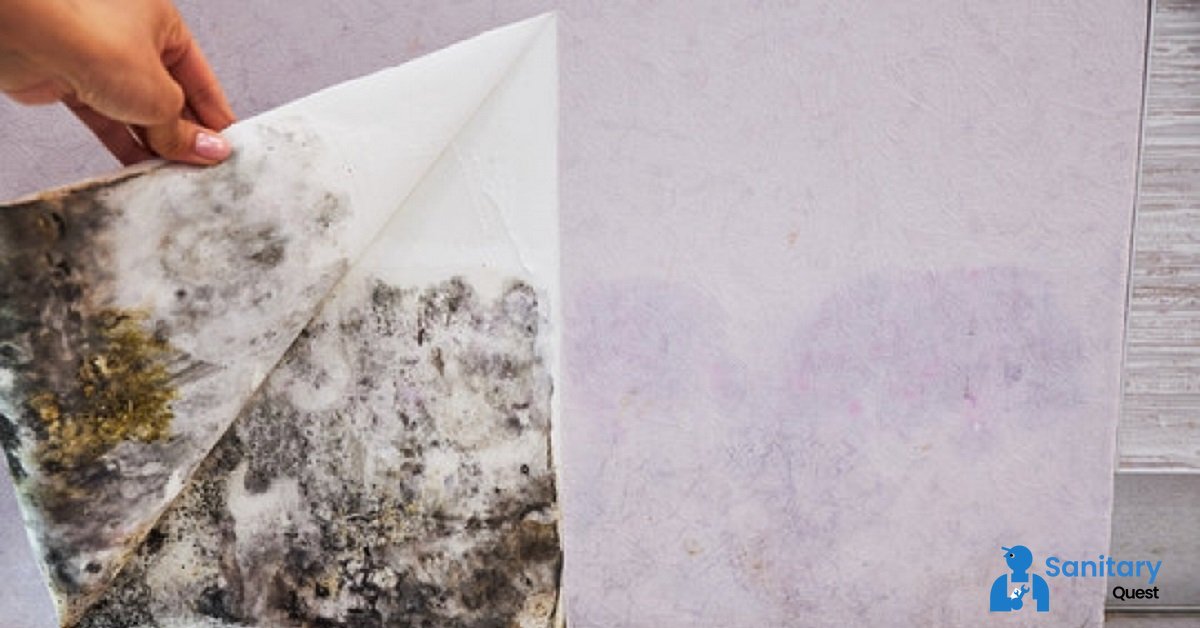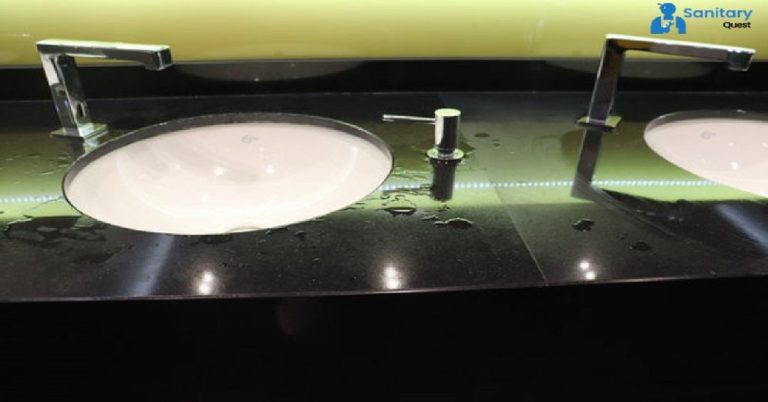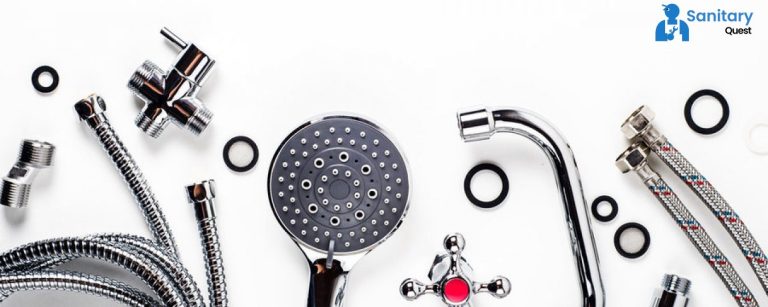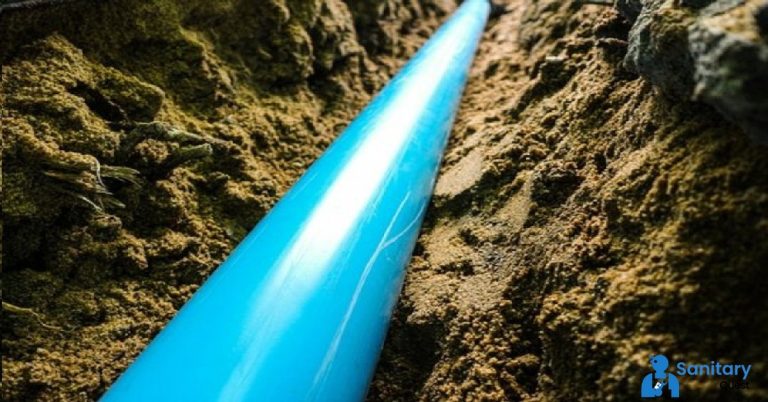6 Tips to Prevent Basement Flooding
Basement Flooding can be really bad for your home. It can make a big mess and might even be bad for your health. Adding a basement to your house might benefit you in the long run. They usually accommodate some of the most vital equipment in your homes, such as your washers and dryers, furnaces, and water heaters, and provide you with additional storage space. This can be a significant advantage.
Unhappily, this is also the part of your home that poses the greatest threat of Basement flooding if there are protracted periods of extreme rainfall or severe storms. In addition, it could produce a huge mess that needs to be cleaned up by you.
Let’s look at some things you can do to keep your basement Flooding dry and prevent problems like this one from occurring.
Pay attention to your sump pump: Installing a sump pump in your basement as soon as possible provides you with the best protection against water buildup in that area. However, they need to be maintained regularly to ensure their continued functionality. The float switches need to be fixed or damaged, there is an issue with the check valves, there is no backup power source, and the pumps are operating continually. To ensure that your sump pump is ready for anything that Mother Nature can throw at it, it is important to test it regularly and adhere to a maintenance schedule. These are the types of services that could be provided for you by your neighborhood plumber.
Examine your home’s foundation: It is easy for water to seep in through any cracks in your foundation and make its way onto your basement floor; as a result, you should repair any cracks you find as soon as possible if you find. If you find any cracks, it is important to remember that water can easily seep through any cracks.
Take a look at your landscaping: If the topography surrounding your property slopes in the direction of your residence, then there is a greater chance of flooding in your basement. You might have to regrade your yard to keep water from getting into your basement flooding. This would be necessary to prevent water from seeping into your basement flooding.
Clean your septic system, if you have one: It is just as important to perform routine checks on and maintenance on your sump pump as to keep the septic system in your house in good working order. It will be easier to avoid sewage backups if you perform maintenance regularly and keep up with it.
Clean your gutters. If your gutters are not maintained regularly, they are more likely to become clogged with leaves and other debris, which can cause them to overflow, often into your basement flooding. The fact that this must be done despite everyone’s distaste for it does not change the fact that it must be done.
Downspouts:
The debris that collects in your gutters can also clog your downspouts and cause them to become ineffective. The same decomposing leaves and twigs can clog a downspout to the point where water is forced through seams or pushed back up to the top of the structure. Put a lengthy water hose with a nozzle designed for high pressure into the downspout accessed from the roofline. Put the water hose on and turn it on. It is expected that the power of the water will be sufficient to push debris through the entire passageway.
Most downspouts in residential properties are equipped with a straightforward splash block. The splash block is not preventing the ground from becoming saturated. The earth absorbs all the rainwater that is redirected from your roof by directing it through your gutters and the downspout. The very same world that we are working to keep from being saturated and flooding the basement.
Connecting the downspout to a dry well is the most effective method for redirecting water from the roof to the ground below. The first step in creating a dry well is to bury a drainage pipe in a trench and then pack stone around it. The pipe has a gentle downward pitch for at least 15 feet or more as it travels from the downspout to the bubble pot at the bottom of the pipe. The water can more easily penetrate the hardpan clay soil thanks to the bubbling pot. Because of the hard pan clay, any water that accumulates around your home will quickly drain away.
Does insurance cover basement flooding?
Before making any decisions, you should verify this information with your insurance provider; however, in most cases, flooding is not covered by homeowner’s insurance. In order to be protected from flood damage, you will need to acquire a second insurance in addition to your current one.
As outlined by the National Flood Insurance Program (NFIP), a basement is defined as any section of a structure with a floor situated below the natural ground level on all sides. This definition applies to basements in both residential and commercial structures. This term originates from the Federal Emergency Management Agency (FEMA), an agency that is part of the government of the United States. Within the framework of flood insurance’s building coverage provision, numerous household appliances, including but not limited to sump pumps, well water tanks and pumps, oil and natural gas tanks, furnaces, water heaters, air conditioners, and heat pumps, receive protection in case of a basement flooding occurrence. The insurance policy provides this coverage. This guarantees that the property that is insured will not sustain any damage. In the context of homeowner’s insurance plans, the phrase “contents coverage” refers to the protection extended to things like washing machines and dryers, as well as freezers and the food that is kept within them. The flood insurance policy will not pay to replace things like the carpet, furniture, or any other items deemed to have only a minimal functional value. This includes any and all items that fall into this category.
FAQs
Q1: How can you stop water from getting into your basement?
To stop water from going into your basement, you can do things to keep your house safe. First, check and clean your gutters and pipes so water can go away from your house. Make sure there’s a good slope around your home to help water move away from the basement.
Q2: What are 4 ways to stop water from causing a flood?
To stop water from making a flood in your home, you can do a few things. First, make sure your gutters and pipes are not messy with leaves and stuff. This helps water move nicely and doesn’t let it overflow to make a flood. Second, check the ground around your house to make sure it goes down away from the base. That way, water won’t go towards your house and cause flooding.
Q3: How do I prevent water from getting into my basement?
To keep water from getting into your basement, there are a few steps you can take. First, regularly check and clean your gutters and downspouts to ensure they are free from leaves and debris. This helps water flow away from your home instead of pooling near the foundation. Second, inspect the grading around your house and make sure it slopes away from the foundation.
Q4: What prevents water from causing a flood?
Several measures can prevent water from causing a flood. Properly maintained and clean gutters and downspouts play a crucial role in preventing water accumulation. Regular inspection and cleaning ensure that water can flow freely, reducing the risk of overflow that might lead to flooding.







